Stuffing / Packing Boxes
Your inboard powered boat needs a good performing stuffing box to form a water tight seal and keep water out.
5 products
Showing 1 - 5 of 5 products
Your inboard powered boat needs a good performing stuffing box to form a water tight seal and keep water out.
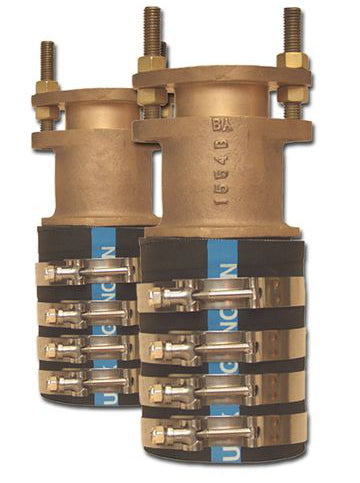
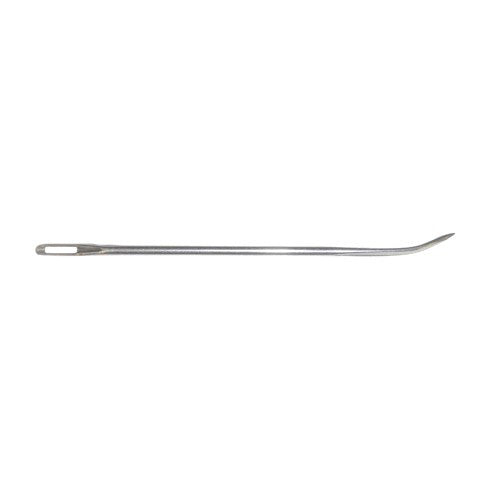
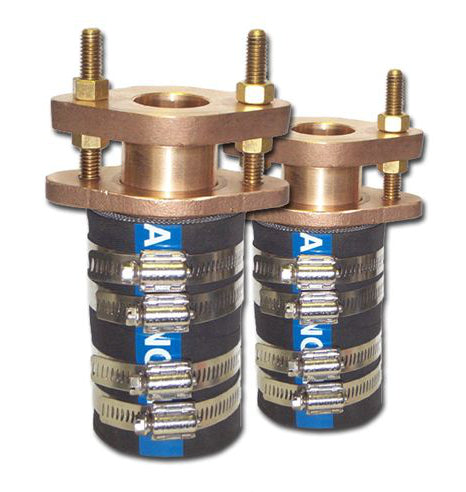
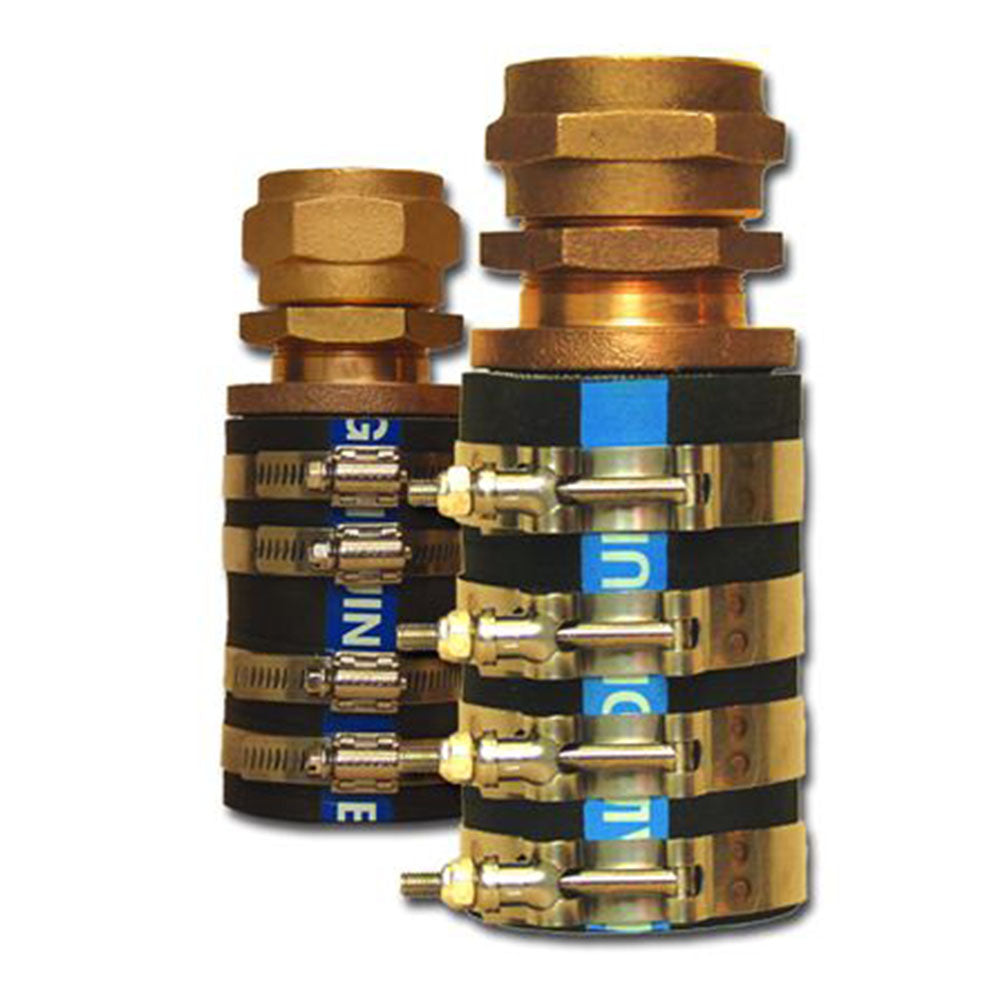
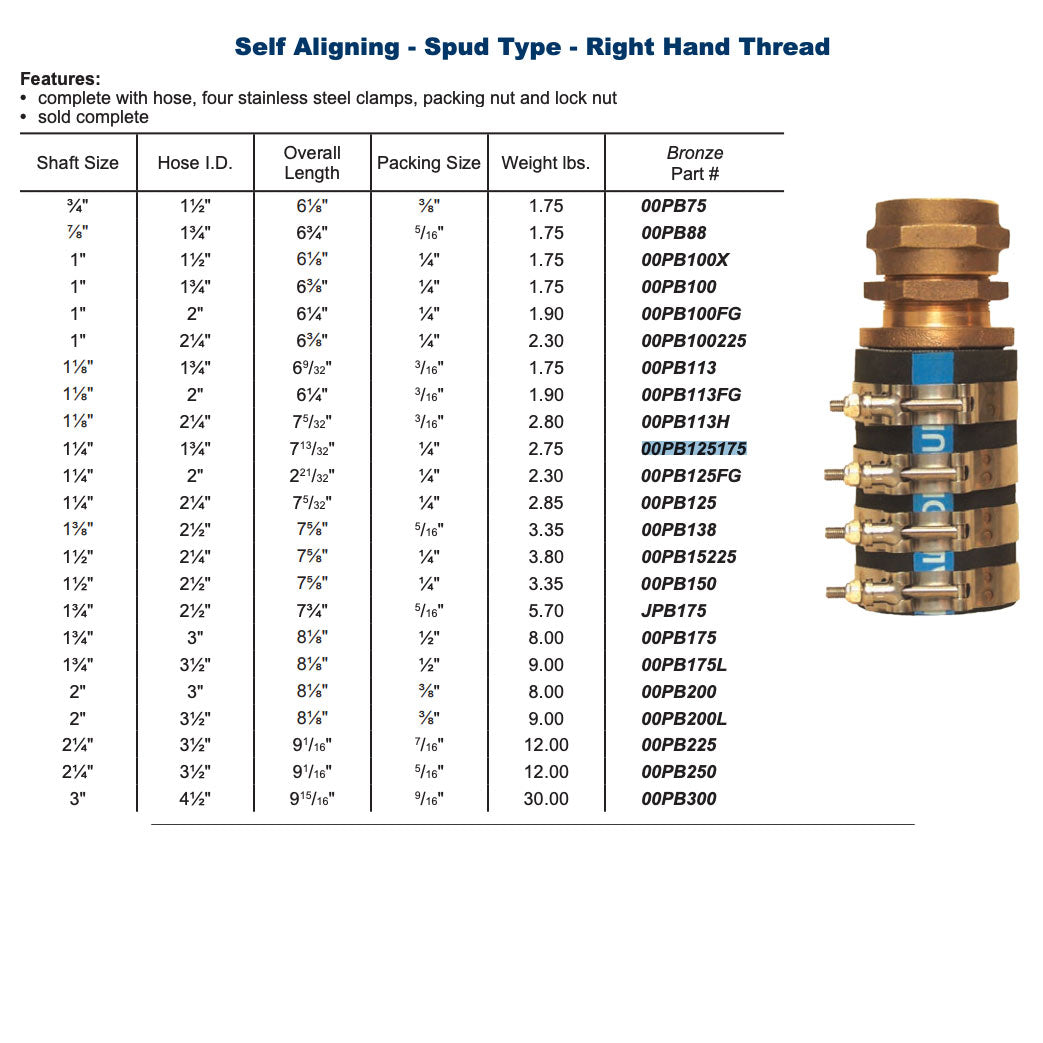
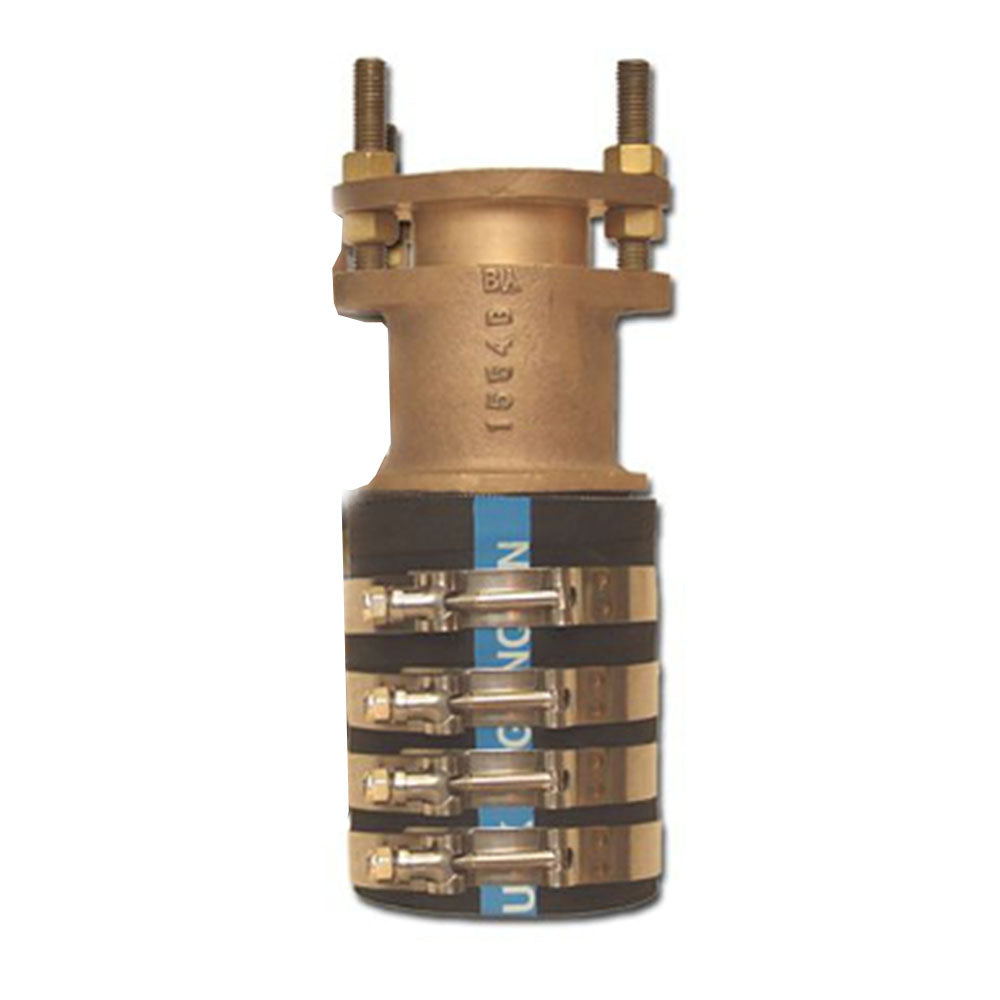
What You Should Know About Your Stuffing Box
The stuffing box, sometimes referred to as a packing box or a packing gland, has been around for many years; so many in fact, that some insist it was in use almost as far back as ancient mariners. We're not so sure about that, but regardless of the when, it is a well proven, reliable, and functional design. Most new boats since the year 2000 have shaft seals that require no packing, but sterndrive boats built before then have traditional stuffing boxes with packing.
The stuffing box is still an inexpensive method of sealing a rotating shaft when compared to the newer alternative system, especially in the larger sizes. A stuffing box does have some limitations, but so do many of the alternative shaft seals out there. One such limitation of the stuffing box is that it is not suitable for high-speed shafts.
This is not due to the stuffing box itself but rather the packing. Stuffing box packing has also seen its fair share of evolution and there are a few different choices out there, but they all have similar characteristics in common. The stuffing box packing is compressed to achieve the seal around the rotating shaft and the stationary housing. The sealing surface around the shaft is large and when the shaft turns, the surface friction creates undesirable heat.
This heat eventually deteriorates the surface of the shaft and reduces the effectiveness of the bearing packing. To mitigate the heat buildup, it is important to adjust the stuffing box correctly so that during operation some liquid passes by the seal to aid in lubricating the seal and reduce the heat buildup; and that when idle, no liquid passes by the seal. This can be done with constant attention, which is not always possible, and that leads to an annoying, constantly dripping shaft seal.
Aside from a lack of constant attention being a cause for stuffing box ineffective performance, other contributing factors are the condition of the shaft surface, the shaft alignment, and the condition of the bearings. Interior shafting components such as the shaft coupling is also critical in ensuring that a shaft runs true. Shaft vibration, among other detriments, contributes to shaft sealing failure. Installing a flexible coupling reduces vibrations and can compensate for slight misalignment issues.
A stuffing box and the stuffing box packing will require maintenance, as the rubber hose will deteriorate over time and the propeller shaft seal will diminish as the packing wears out. Other hardware might need replacing as well, and thankfully there is still manufacturer support for even some of the oldest propeller shaft seals out there.
Alternatives to a shaft sealing with stuffing is a dripless shaft seal. There are a few types on the market with all achieving the same result--that being a dripless shaft seal. So, if a new stuffing box, shaft sealing, propeller shaft seal or other parts is on the maintenance list, take a look at what we have here for you at Go2marine.
